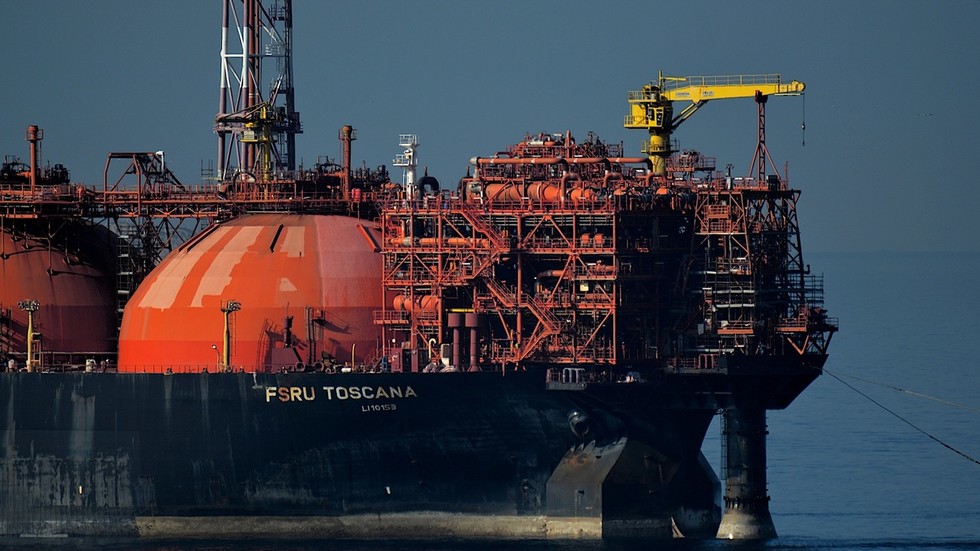The recent quarterly review by the Agency for the Cooperation of Energy Regulators (ACER) has revealed that a notable 20% of the European Union’s liquified natural gas (LNG) imports still come from Russia, despite ongoing sanctions aimed at reducing dependence on Russian energy sources. In 2023, Russian-sourced LNG accounted for 14% of the EU’s imports. This situation underscores significant challenges in the EU’s strategic objective of diversifying energy sources away from Russia. This year, substantial adjustments in the LNG landscape have occurred, with US LNG imports dominating the market at 45%, while supplies from Qatar, Nigeria, and other smaller producers have receded. Meanwhile, the EU’s overall share of global LNG imports has diminished, dropping from 24% to 18%, indicating a contraction in both import flows and market presence.
Recent geopolitical dynamics have impacted the supply chains significantly. Following the onset of the Ukraine conflict in February 2022, the EU has made concerted efforts to mitigate reliance on Russian energy supplies, particularly in the wake of the sanctions placed on the country. This includes a ban on new investments in Russian LNG projects and a prohibition on the transshipment of Russian gas through third-party nations. Nevertheless, these measures have not fully curtailed the percentage of Russian gas in the EU market. Factors such as the global energy market’s volatility and the shifting priorities of major natural gas producers have compounded these challenges. Qatar, for instance, has increasingly prioritized shipments to Asian markets due to growing security concerns, particularly related to threats to shipping routes through the Red Sea.
The evolving energy landscape poses further dynamics for the EU’s business environment, particularly as it navigates the transition from cheaper Russian gas to more expensive imports from other countries like the US. This shift has implications for the economic competitiveness of European nations, with German industry executives noting the adverse effects on business growth. There are significant pressures on the German economy, which reflect broader sentiments in Europe regarding energy reliance and investment climates. Siemens’ global taxation head, Christian Kaeser, remarked on the poor business outlook in Germany, highlighting a lack of growth and an unfavorable tax regime that discourages domestic investment in favor of more favorable conditions abroad.
Simultaneously, this pivot away from Russian energy has led to an increase in the overall costs of energy for EU consumers and industries, pressuring economic growth and societal stability. European countries have thus found themselves in a place where aligning with geopolitical stances—such as those regarding Russia—can come at the cost of economic competitiveness and energy affordability. Policymakers continue to juggle these challenges, attempting to find a middle ground that ensures energy security without compromising economic performance.
As the EU adjusts its energy strategy, diversifying sources and increasing investment in renewable energy technologies may provide potential solutions to these ongoing issues. The transition to a more sustainable energy supply could grant long-term benefits that offset the current pressures exerted by transitioning away from Russian gas. Furthermore, the EU seeks to bolster cooperation with non-Russian suppliers in order to secure energy sources that are less susceptible to geopolitical disruptions while promoting domestic energy independence.
In summary, while the EU’s intention to reduce reliance on Russian energy imports has led to considerable policy shifts and strategic planning, the reported statistics on LNG imports indicate a persistent challenge. The necessity of diversifying energy supply routes and suppliers remains critical, but the impacts of these changes on economic competitiveness, investment prospects, and energy pricing paint a complex picture. Looking ahead, the EU must navigate these intertwined challenges of energy security and economic viability with strategic foresight and resilience.

